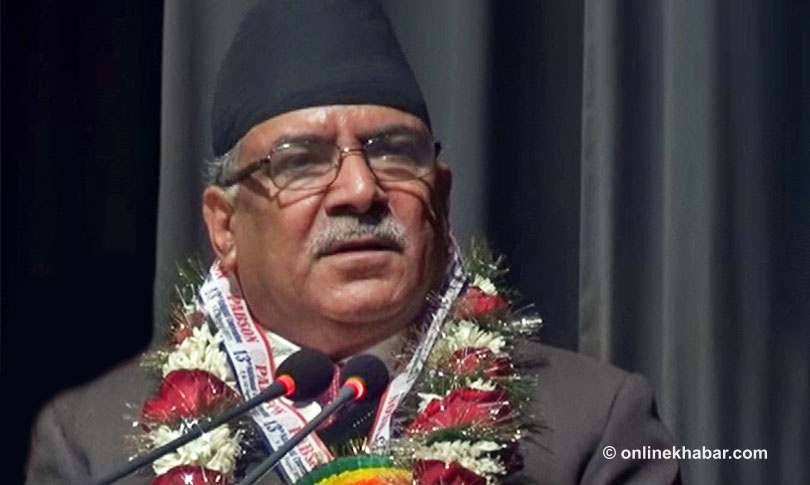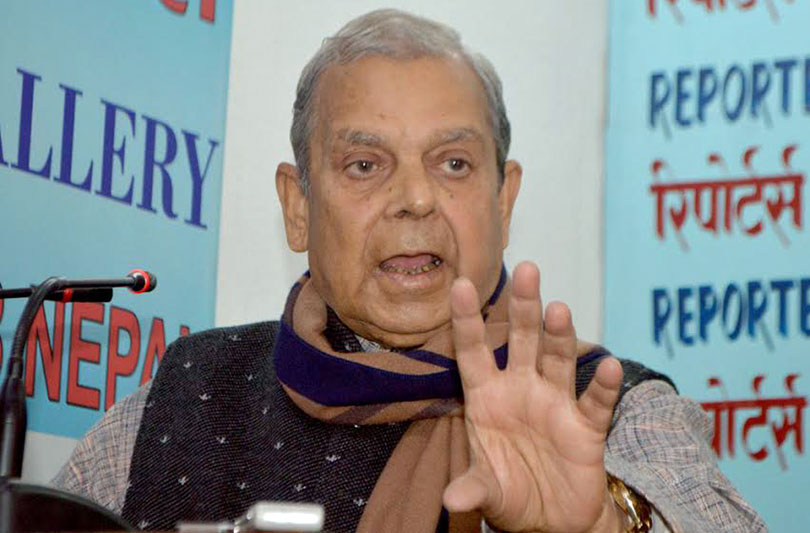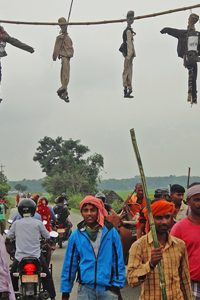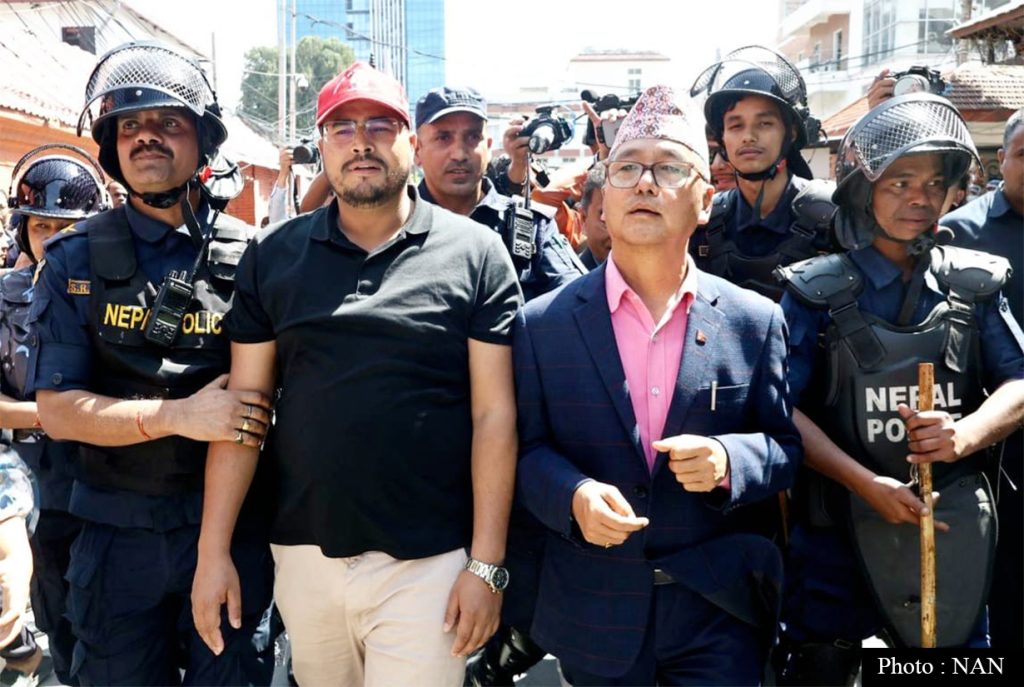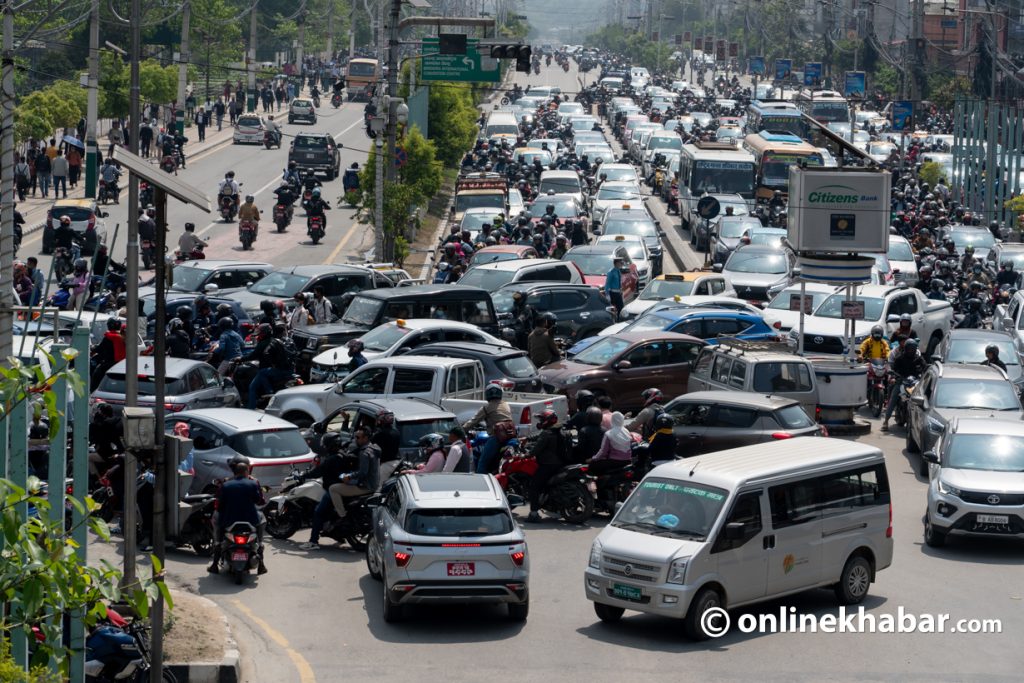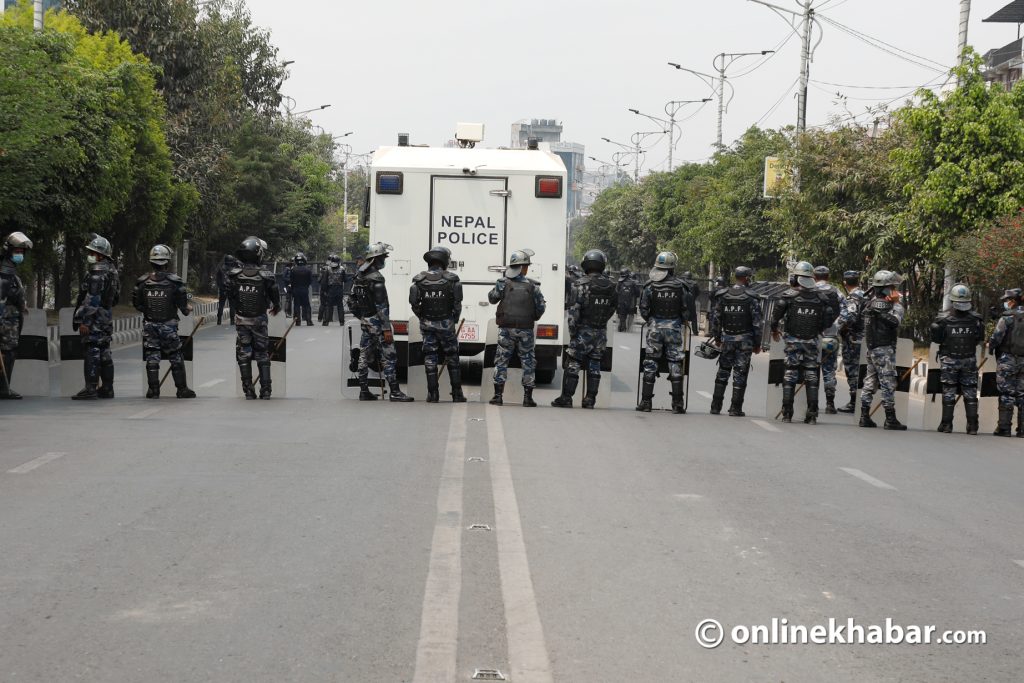
Onlinekhabar Commentary
Kathmandu, January 28. Nepal’s Parliament recently passed the first amendment to the new constitution to address the demands of the Madheshi Morcha, which has been in agitation for more than four months now. But still, politics is not back to what could be considered normal.
The Parliament’s passing of the amendment has been welcomed by the UN, China and other members of the international community. India has also termed it ‘positive’. But the Madheshi Morcha says it is still not content with the changes made to the constitution.
Everyone is concerned about the course the country will now take; the Prime Minister has said the undeclared blockade will end soon, without there being a formal announcement that it has ended. Indian ambassador Ranjit Rae has also said it is not India that is imposing a blockade, so only Madheshi Morcha would know when it would come to an end. After the amendment was passed, the Morcha announced more city-centric protests.
Meanwhile, all border crossings with India, except for Birgunj, have returned to normalcy, and in places like Rautahat normal traffic can be see. All this goes on to show normalcy is returning to the lives of the common people in the Madhesh.
Two clusters: ‘youth’ and ‘indigenous people’ have been removed by the amendment. The Morcha had been demanding that the list be shortened.
It has been more than five months since the protests in the Madhesh (if protests before the promulgation of the constitution is also to be taken into account. The situation is such that they want supplies to ease at the earliest. If the government had taken the Morcha into confidence, things could have turned out differently.
But the government tabled the amendment without the consent of the Morcha.
The new constitution’s Article 42 talks about social justice. Earlier it only mentioned right to inclusion, but after the amendment, ‘proportional inclusion’ has been added to the article. This was one of the most important demands of the Morcha, which has been met.
The same article listed 17 clusters whose members were entitled to right to inclusion. Two clusters: ‘youth’ and ‘indigenous people’ have been removed by the amendment. The Morcha had been demanding that the list be shortened. This demand has been partially addressed. The other contentious issue was of demarcation of provincial boundaries. The first amendment does not touch upon this issue at all.

Similarly, the Morcha had been demanding that electoral constituencies be delineated based on population. But the amendment says that population would be the primary criteria, and geography the secondary one.
The government hopes that after the amendment, the Morcha will reach an agreement with the government. Meanwhile, Morcha leaders are preparing to gradually ease the blockade, and concentrate on demonstrations.
There are analysts who say that the Morcha did not reach an agreement with the government because doing so would allow extremists like CK Raut to hijack the movement. Analysts believe that Morcha wants to remain in agitation so that it can score points during the upcoming elections.
The government on the other hand, is preparing to implement the new constitution and prepare for elections.





